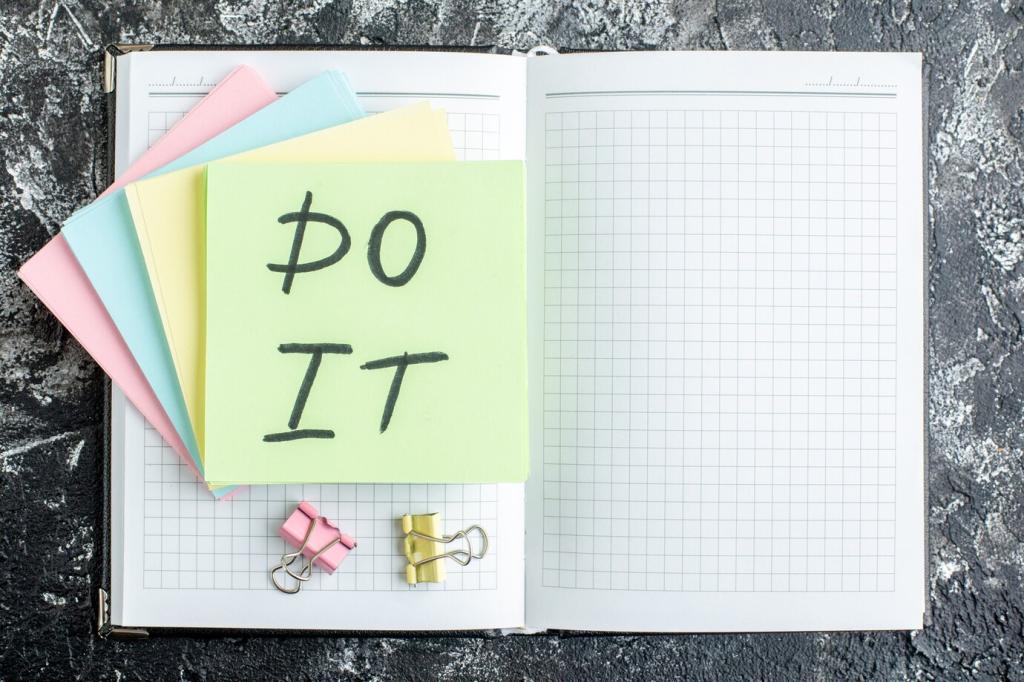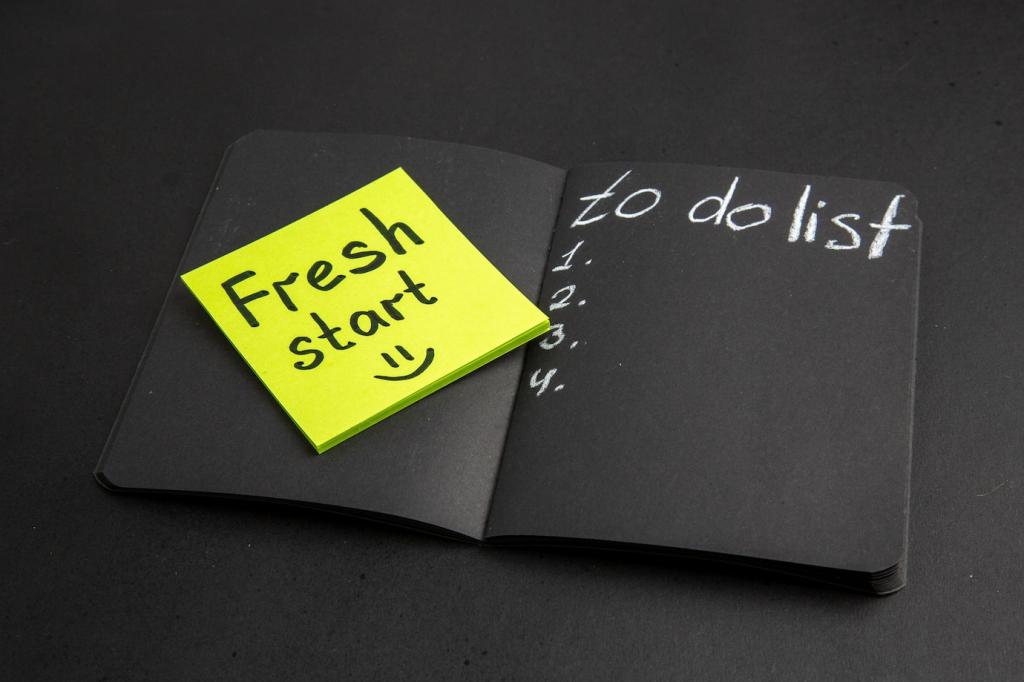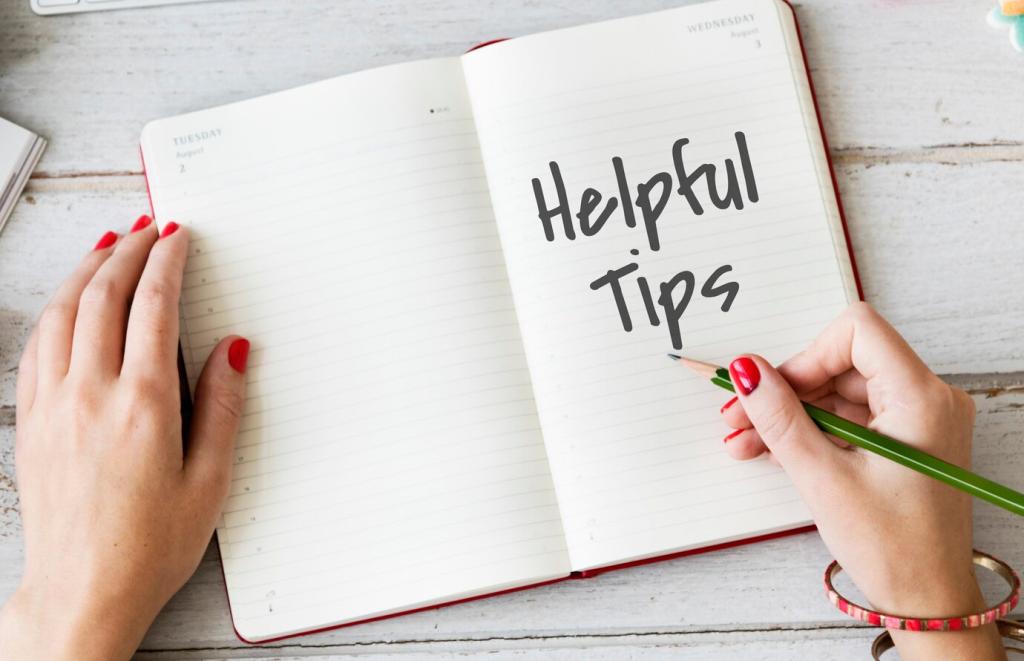Beginner's Guide to Tire Maintenance and Rotation
Why Tire Maintenance Matters from Day One
Each tire touches the road with a contact patch roughly the size of a postcard, translating every steering input and brake pedal press into grip. Caring for that small patch protects passengers, wallets, and peace of mind.
Underinflation builds heat, overinflation reduces contact area, and both accelerate uneven wear. Regular checks keep pressures stable, tread healthy, and fuel economy strong, especially on long highway drives and hot summer days.
On my first road trip, a ten-minute pressure check prevented a slow leak from becoming a stranded evening. That tiny ritual turned into a habit. Share your beginner win in the comments to motivate others.

Find the Correct PSI the Right Way
Use the driver’s door-jamb sticker or owner’s manual, not the sidewall maximum. Temperatures affect PSI about one per 10°F. Recheck when seasons change, and invite a friend to learn the routine together.
When and How to Measure for Accuracy
Measure when tires are cold, ideally before driving in the morning. A simple digital gauge outperforms a guess. Keep a compact pump in your trunk and set monthly reminders to maintain dependable, even pressures.
TPMS Is Helpful—but Not a Mind Reader
Direct TPMS reads pressure, indirect uses wheel speed. Either way, treat the light as a prompt, not a final diagnosis. Verify with a gauge, adjust, then comment with your TPMS questions for personalized tips.
The Penny and Quarter Tests Explained
Two-thirty-seconds inch is the legal minimum in many places, but traction fades sooner. Use a quarter for wet safety around four-thirty-seconds. Post your latest tread-depth reading and mileage to compare notes with our community.
Uneven Wear Means Something Specific
Feathered edges suggest alignment issues, center wear hints overinflation, and cupping often means balance or suspension problems. Spotting patterns early helps beginners schedule timely checks and avoid unnecessary tire replacements.
Sidewalls, Bulges, and Repair Limits
Bulges signal internal damage and require replacement, not repair. Punctures near the shoulder should not be plugged. Ask in the comments if your damage is patchable, and we’ll guide you toward safe decisions.
Rotation Basics: Patterns, Intervals, and Safety
01
For most front-wheel drive cars, move rear tires to the front on the same side, and cross the fronts to the rear. Aim for every 5,000–8,000 miles, or pair with each oil change for easy memory.
02
Use a forward cross for rear-wheel drive, and consult the manual for all-wheel drive to keep circumferences closely matched. Directional or staggered setups may require front-to-rear only or professional remounting.
03
Always use jack stands on solid ground and torque lugs to spec, then re-torque after 50–100 miles. Share your rotation interval and vehicle model to help others choose a schedule that fits real-life driving.

When Your Wheels Need Balancing
A steering wheel shimmy around highway speeds often points to imbalance. Fresh tires should be balanced, and weights can shift. If you notice new vibrations, comment with details to crowdsource quick diagnostics.

Alignment: Toe, Camber, and Caster in Plain English
Toe skews tires inward or outward, camber tilts them, and caster affects stability. Pulling, off-center wheels, or edge wear signal trouble. Schedule checks after impacts or curb kisses to protect new tires.

This is the heading
Lorem ipsum dolor sit amet, consectetur adipiscing elit. Ut elit tellus, luctus nec ullamcorper mattis, pulvinar dapibus leo.

This is the heading
Lorem ipsum dolor sit amet, consectetur adipiscing elit. Ut elit tellus, luctus nec ullamcorper mattis, pulvinar dapibus leo.
Reading Sizes and Dates with Confidence
A size like 205/55R16 91V tells width, aspect, rim, load, and speed rating. DOT codes reveal manufacturing week and year. Avoid very old stock, and ask sellers direct, specific questions before paying.
New vs. Used: Making a Safe Call
Used tires demand careful inspection for patches, uneven wear, and age. Measure tread depth, check sidewalls, and verify matching pairs. Comment with tire listings you are considering for community advice and caution.
Create a Simple Maintenance Log
Record pressures, rotation mileage, alignments, and tread depth snapshots. A spreadsheet or phone app works perfectly. Share your template and we will feature the most beginner-friendly versions in an upcoming post.
